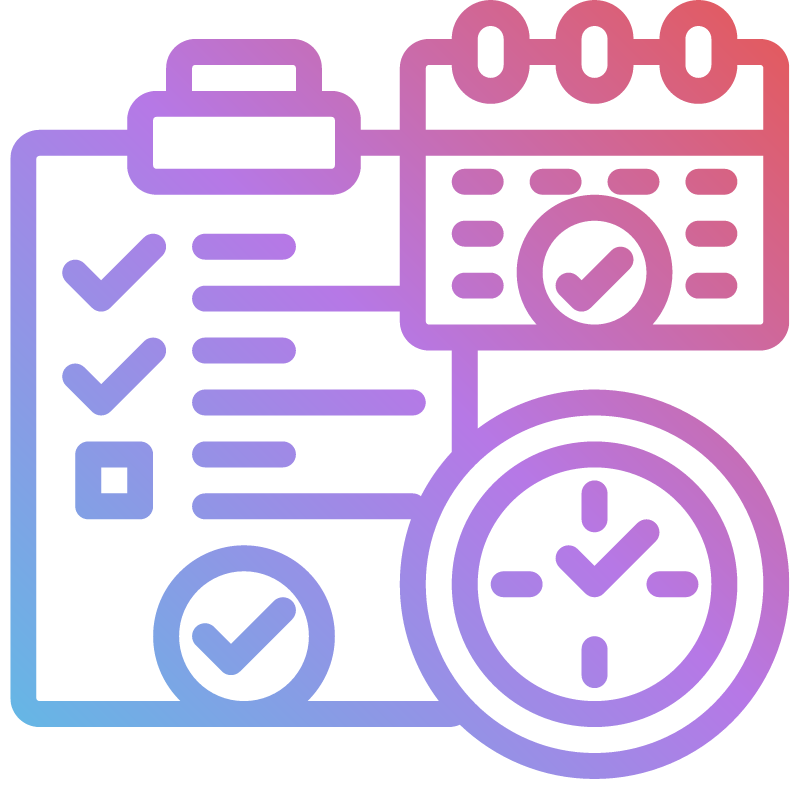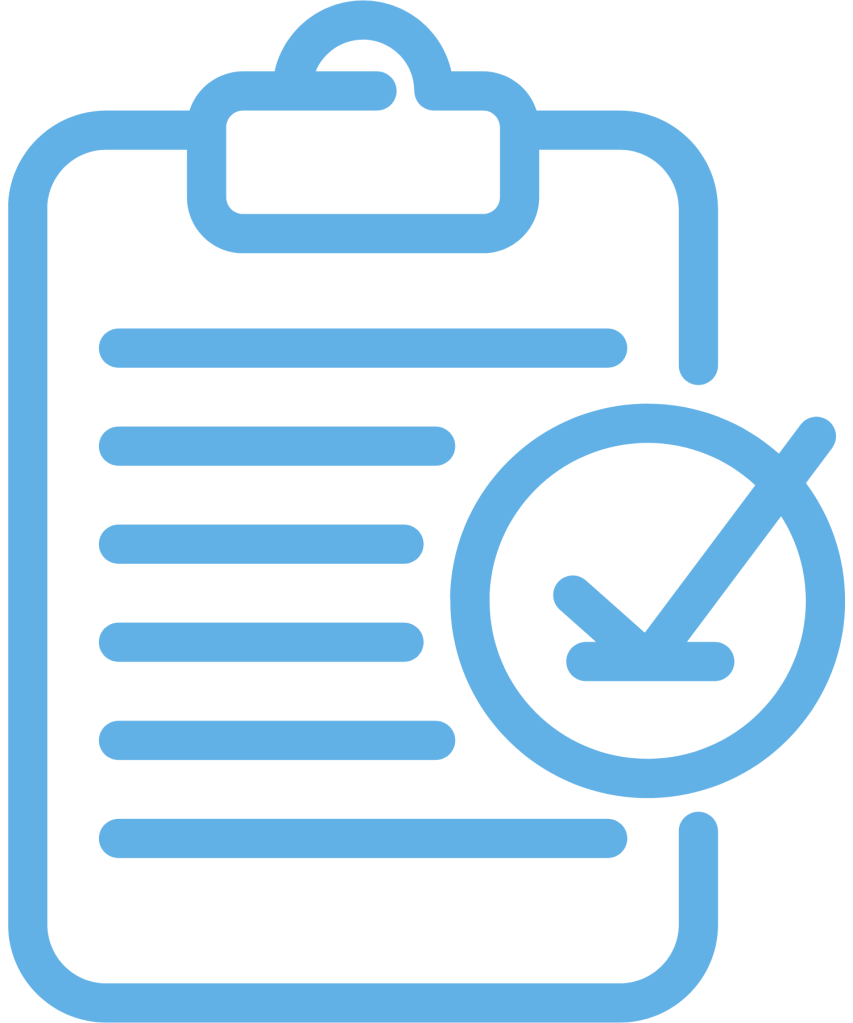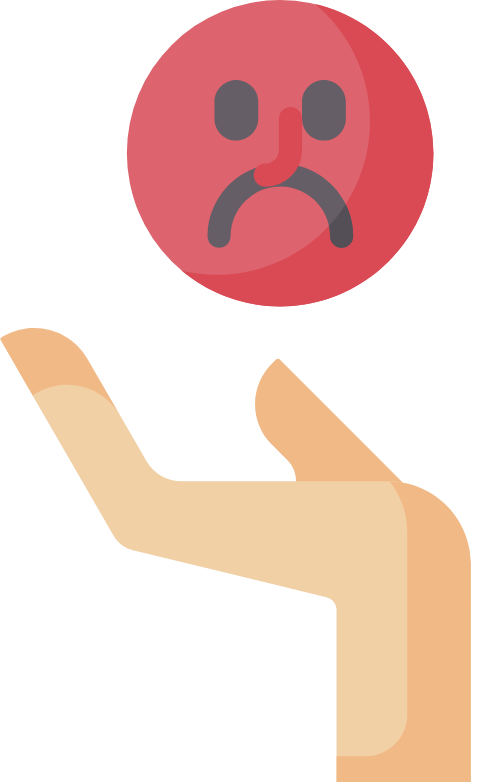
Inventory visibility contributes to maximizing growth and efficiency within the business. Sometimes in inventory management, it can be difficult to manage and oversee everything. Success in having ideal visibility over your inventory demands a lot of effort especially when you are doing the processes manually.
Not just in retail, but also in other industries such as manufacturing and industrial plants, inventory management and visibility play an important role. In times of production problems, it is important that there is always a spare inventory available, and easily accessible to fix issues to avoid costly losses.
Inventory visibility in overall inventory management is very significant. Below let’s talk about the top benefits of having inventory visibility.
Benefits of Inventory Visibility
1. Allows having an accurate record of inventory levels
Inventory visibility doesn’t stop at knowing what you have, knowing how many you have and where everything is located across every location promotes having an accurate inventory level. When auditing inventory levels, it will not be as accurate if you can’t locate everything.
Having an accurate record of inventory levels also allows you to replenish just the right amount of products required to sustain a certain cycle before you order again for a new batch of inventory. This helps avoids overstocking and outdated products sitting on your shelves


2. Improves customer experience
Without real-time views into inventory, you risk losing customers who can easily find an alternative retailer or supplier where they know they can purchase from how and when they prefer. The more inventory visibility you have, the easier it is to monitor stock levels across channels and maintain enough inventory to meet customer demand and prevent delays in fulfillment. With improved visibility, you have the ability to optimize stock levels across your network.
3. Increases management efficiency
It is hard to overlook things when you have visibility. Manual inventory tracking requires multiple resources such as lots of time and manpower but with a help of systems like inventory management software improves management efficiency and promotes real-time visibility. When you have the right amount of visibility, it is more efficient to look after your overall inventory.


4. Locating products easier and simpler
We would not want outdated products sitting in our inventory, eating up space somewhere just because we could not locate them. Outdated products will eventually be written off if not disposed of on time. Before these products become unsellable, there is still a way to dispose of them by selling them at a discounted price or exchanging these for new items with the supplier. Locating inventory when you have like a bird’s-eye view of your inventory is something that helps a lot.
5. Supports better decision making
Good inventory visibility yields accurate data records. Data-driven decision-making prevents costly mistakes such as ordering more or less inventory than it should be which could lead to losses and customer disappointment.

Modern Inventory Visibility
When we look back to where inventory management sits in a business operation before, we will see that it was not made to cover multiple retail channels across multiple locations. It usually can manage only the location where inventory is located and where it is being sold and there are separate inventory records for every location a business has.
Nowadays, customer experience becomes more sophisticated each day. Their convenience in purchasing is more of a significant factor now for a business’s growth and the range of channels in which consumers would like to be able to able to access products has enhanced significantly. Having the right level of inventory visibility of what you have in stock is essential to make sure you fulfill what you’re consumers are expecting to be available as shown in these channels.
How do inventory management systems help improve inventory visibility?
Inventory management systems made the processes simpler. On top of that, it also helps increase the visibility of your inventory. Aside from the top benefits of the inventory management system listed above, there are other features that can help us generally with our inventory.
The most important aspect of inventory visibility, however, is not always available in all inventory management systems. When we say visibility, the most common criteria are being aware or having access only to the products and quantities you have. What we commonly fail to focus on is the location.
When we miss focusing on the location of our inventory, we are risking having overstock and outdated and expired products. Location is essential in inventory visibility, especially when you have multiple locations and warehouses.
Looking for real Inventory Visibility? You can learn more HERE and try it for free!







































